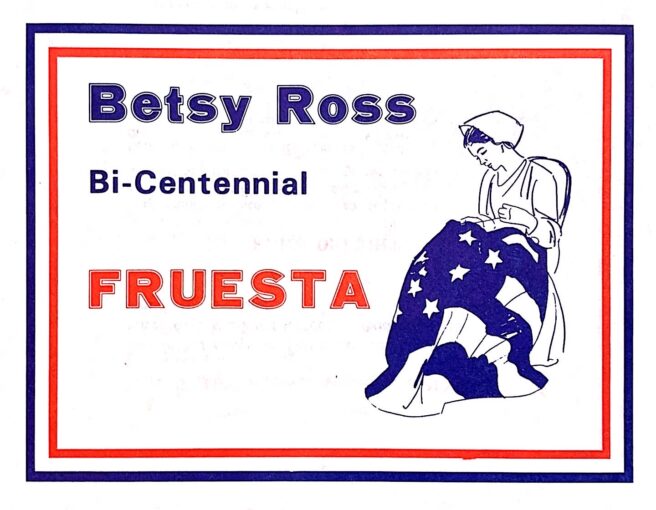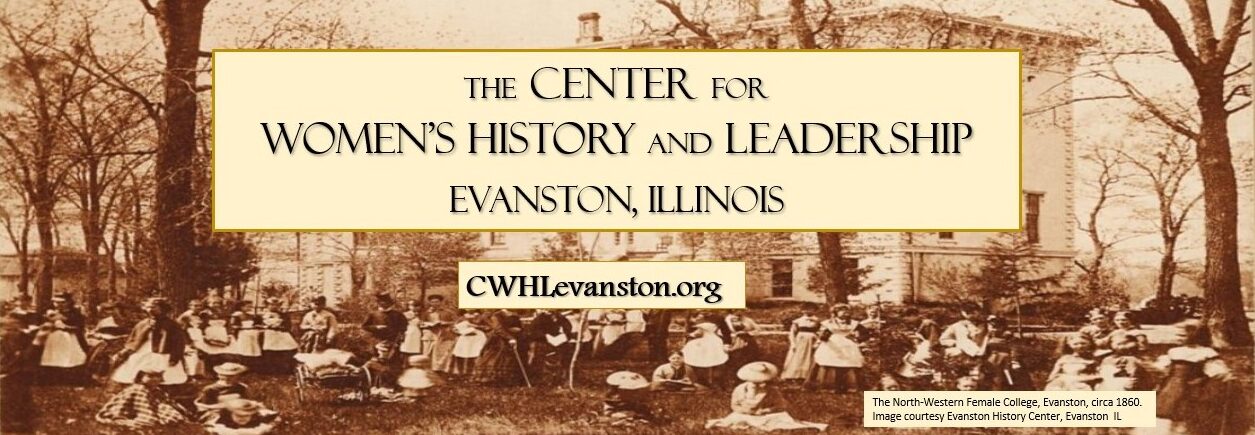By Elizabeth Schmidt, Fall 2020 Intern
As 2021 begins, many people will make typical New Year’s resolutions to get in shape and become healthier. These resolutions often include a vow to moderate the use of alcohol. This will be particularly meaningful after a year when, due to the pandemic, health was everyone’s main concern, and yet there are many reports that alcohol consumption rose dramatically. Over the last few years, a health campaign known as “Dry January” has gained considerable following. Started in 2013 by the nonprofit Alcohol Change UK, “Dry January” challenges people to experience the health benefits of giving up alcohol for the month. How to celebrate the New Year without a glass of champagne? A look into the WCTU Archives shows that “Dry January” has a long and fruitful history.
At the turn of the 20th Century, as more households adopted temperance and gave up alcohol, they also found themselves without a beverage to drink socially. How could one welcome guests or mark a special occasion with a glass of water? For such occasions, the Woman’s Christian Temperance Union (WCTU) long recommended fruit drinks and products as an alternative to alcoholic beverages. In the 1870s, the WCTU established a “Department of Unfermented Wine,” which advocated for non-alcoholic Communion wine for practicing Christians. Over time the department changed its focus; by 1930, it was called “The Department of Non-Alcoholic Fruit Products,” and promoted the use of non-alcoholic fruit beverages by urging the public to consume them and fruit growers to develop more products. The WCTU set up leadership in both state and local unions to share recipes more widely and to publicize the dangers of drinks made with fermented fruit.
Welch’s Grape Juice happily took up the task of providing a dignified and dry drink for social occasions. Founded in 1869 by Thomas Welch, a devout Methodist and temperance advocate, the company’s product was meant to be used for non-alcoholic communion wine. When Thomas Welch’s son Charles took over in 1875, the company began broadening its marketing to include grape juice itself as a beverage. As the product grew in popularity, it was widely advertised as a replacement for alcoholic drinks

As early as 1901, Welch’s advertised its grape juice as a social beverage, with a variety of products described for “your table” and “special occasions.” By 1906, advertising shifted to promoting Welch’s as the hostess’s key to a good party. Ads featured images of men and women at parties drinking Welch’s grape juice punch. The people shown are respectable and gracious, implying that only a beverage such as Welch’s can promote such behavior. Over time, ads began to include recipes for punch and desserts, and offered free items such as recipe books and Welch’s corkscrews. By 1910, full-page advertisements became more frequent and described Welch’s as an indispensable ingredient for the modern hostess. Welch’s recommended that every hostess keep a case of its grape juice in her ice-box, just to be prepared.
Following the repeal of Prohibition in 1933, alcohol once again became legal and hostesses began to serve cocktails and other alcoholic beverages at social gatherings. When WCTU members found themselves pressured to drink or justify their abstinence, they were encouraged to offer an alternative to the cocktail hour, which they renamed the “Hour of Social Freedom.” These nonalcoholic events were also called “fruestas” (combining “fruit” and “fiesta” to make a word describing a fun and healthful event).

“Fruestas” offered people a social situation where they would not feel obligated to drink alcohol. The Signal Press, the WCTU publishing house, printed many pamphlets containing non-alcoholic drink recipes, decorating tips, and suggestions for promoting the WCTU. Fruestas remained popular through the 1970s, as the booklet for an event commemorating the U.S. Bicentennial shows.
Whether Dry January this year means a recovery time from 2020, a typical detox from the December holidays, or a longer term commitment and lifestyle change, we can as always look to the past for similarities – and maybe even some recipes.
Further Reading
- Chazanof, William. Welch’s Grape Juice : from Corporation to Co-Operative. 1st ed. Syracuse, N.Y: Syracuse University Press, 1977.
- Smith, Andrew F. Drinking History : Fifteen Turning Points in the Making of American Beverages. New York: Columbia University Press, 2013.
- The Annual Reports of the WCTU, at the National and State levels, document the activities of the Department of Unfermented Wine/Fruit Products over time. WCTU Archives, Evanston, Illinois.
